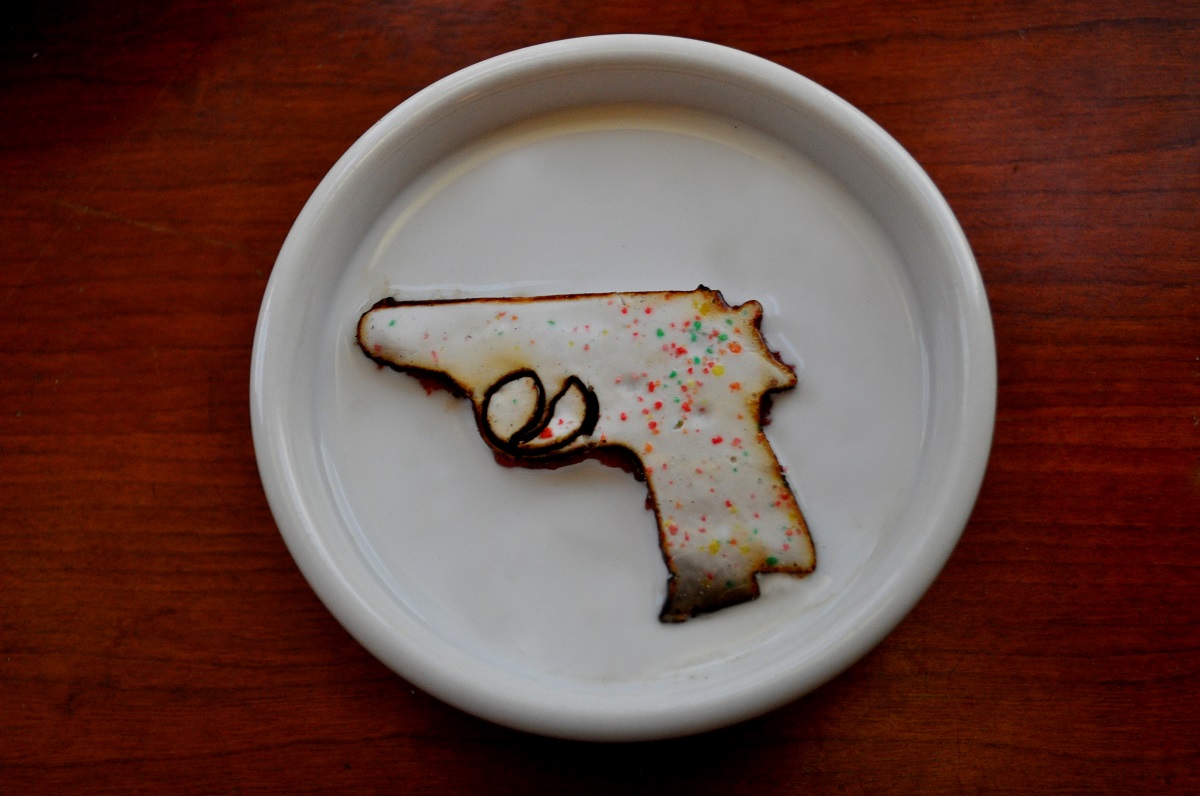
Firearms are about as American as apple pie and Old Glory. And while the AR-15 may be “America’s rifle” these days, that wasn’t always the case. Enter the fowler gun.
Fowler guns were the first firearms to be built in the U.S. Like firearms of today, they were used mainly for individual self-defense and putting food on the table. That makes the fowler gun one of the first catalysts of American gun culture.
Let’s take a look at fowler guns and their role in early America.
What is a Fowler Gun?
In the earliest days of the American colonies, European migrants generally imported weapons from their home countries. But as these migrants settled in the New World and became proto-Americans, they realized that outsourcing their weapons production capabilities wasn’t a particularly good idea in the long run.
So, colonists began building their own guns. These were the first “fowler guns.” Colonists used these weapons to hunt for game (usually birds or deer) and feed their families. They also employed their fowlers whenever they ran into unfriendly groups of Native Americans or colonists from other European powers.
Design and Physical Properties
Like a musket, a fowler gun is a flintlock, smoothbore firearm. Both guns often employed a similar projectile like the .69 caliber (lol) musket ball. And oftentimes, fowler guns employed musket parts in their construction.
However, fowler guns and muskets are not the same thing. For one, while muskets could generally accept a bayonet, a fowler gun could not.
Additionally, muskets were generally military-issue weapons. As a result, they were made to more uniform standards than fowler guns were.
For example, there were about seven million French Model 1777 muskets built total. And while there were some variants to this design, for the most part, two Model 1777s are going to share all of the same parts.
This is not the case with fowler guns. While there were a few different types of fowlers (more on that in a moment), these were far from standardized. Instead, fowler gun designs were often unique to the individual gunsmith who built them.
Types of Fowler Guns
Today, the term “AK” has come to encompass an entire category of rifles instead of a single firearm. Likewise, there’s no single type of “fowler gun.” Instead, fowler guns fall into one of six general categories, each with some traits that make them unique.
- New England Fowler Guns: The most numerous type of fowler gun, these have French influences, particularly with the downward angle of the stock, and they are lighter, smaller guns that are made for carrying through the woods. They were made mostly in Boston and Connecticut, although some frontier gunsmiths built New England fowlers in Vermont, New Hampshire, and Maine (then part of Massachusetts).
- Club Butt Fowler Guns: Drawn from Austrian influences, these usually have exceptional weight balance from their large buttstock, and they were made mostly in Boston and Rhode Island.
- Hudson Valley Fowler Guns: These weapons channel the Dutch heritage of the Hudson Valley. They’re massive guns, with barrels that can often reach 6 ft. long. As a result, they’re extremely recognizable.
- British Style Fowler Guns: As the name suggests, these British-inspired smooth bores had both civilian and military applications. At around 40” long, the British-styled fowlers were a versatile tool.
- Kentucky Fowler Guns: Despite their name, these guns usually come from the interior of Pennsylvania. Many examples of Kentucky fowler guns still survive today, and some of them have even been signed by the gunsmiths that made them.
- One-Of-a-Kind Fowler Guns: Given the decentralized nature of arms manufacturing in early America, some enterprising gunsmiths made fowler guns of their own. These usually have some traits that keep them from falling neatly into a single category.
Study Gunsmithing at SDI
Fowler guns and other old-school firearms are more than just weapons — they’re historical artifacts. As a result, they require a gunsmith with exceptional training to keep them in working order. Those are the kinds of skills you can cultivate at SDI. To learn more about the programs SDI offers, click here.


